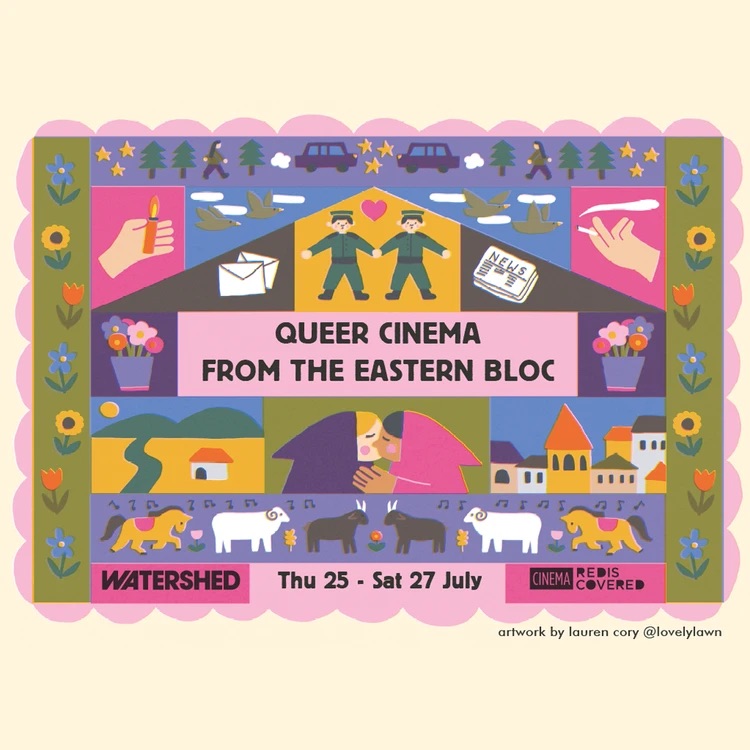Curatorial Projects
Films That Fuck II: Californian Gay Pornotragedies
Genesis Cinema, London, 27 October 2025
The films in this programme both draw on the hold California has had over gay media, in particular gay porn, and use this to create a critical discourse around how this media is created and consumed.
Kalil Hadad’s Victim of Circumstance sees Scott and Brandon meet in the 1980s at an orphanage. Lured by a magazine, they make their way, some months apart, to the California they see depicted in its pages.Told through a hi-intensity assemblage of found material from gay porn videos and magazines of the period, some things altogether more unsettling come to emerge from amongst the images of the Sunshine State’s sun-kissed twinks.
William E Jones’ essay film Finished is a detective story and a love story, a film noir bathed in the sunlight of tapes. An unseen narrator looks into what happened to Alan Lambert, a porn performer who he’s taken rather a liking to. A proto-parasocial relationship forms as they discover Lambert’s suicide shortly after being told he was finished in the industry, aged 25. Through clips of Lambert’s appearances and footage related to his life, a portrait of two obsessions emerges: Lambert’s almost messianic visions of grandeur and Jones’ searching desire to re-animate his subject.
Victim of Circumstance | Kalil Haddad | Canada | 2024 | 22’
Finished | William E. Jones | USA | 1997 | 75’
Genesis Cinema, London, 27 October 2025
The films in this programme both draw on the hold California has had over gay media, in particular gay porn, and use this to create a critical discourse around how this media is created and consumed.
Kalil Hadad’s Victim of Circumstance sees Scott and Brandon meet in the 1980s at an orphanage. Lured by a magazine, they make their way, some months apart, to the California they see depicted in its pages.Told through a hi-intensity assemblage of found material from gay porn videos and magazines of the period, some things altogether more unsettling come to emerge from amongst the images of the Sunshine State’s sun-kissed twinks.
William E Jones’ essay film Finished is a detective story and a love story, a film noir bathed in the sunlight of tapes. An unseen narrator looks into what happened to Alan Lambert, a porn performer who he’s taken rather a liking to. A proto-parasocial relationship forms as they discover Lambert’s suicide shortly after being told he was finished in the industry, aged 25. Through clips of Lambert’s appearances and footage related to his life, a portrait of two obsessions emerges: Lambert’s almost messianic visions of grandeur and Jones’ searching desire to re-animate his subject.
Victim of Circumstance | Kalil Haddad | Canada | 2024 | 22’
Finished | William E. Jones | USA | 1997 | 75’
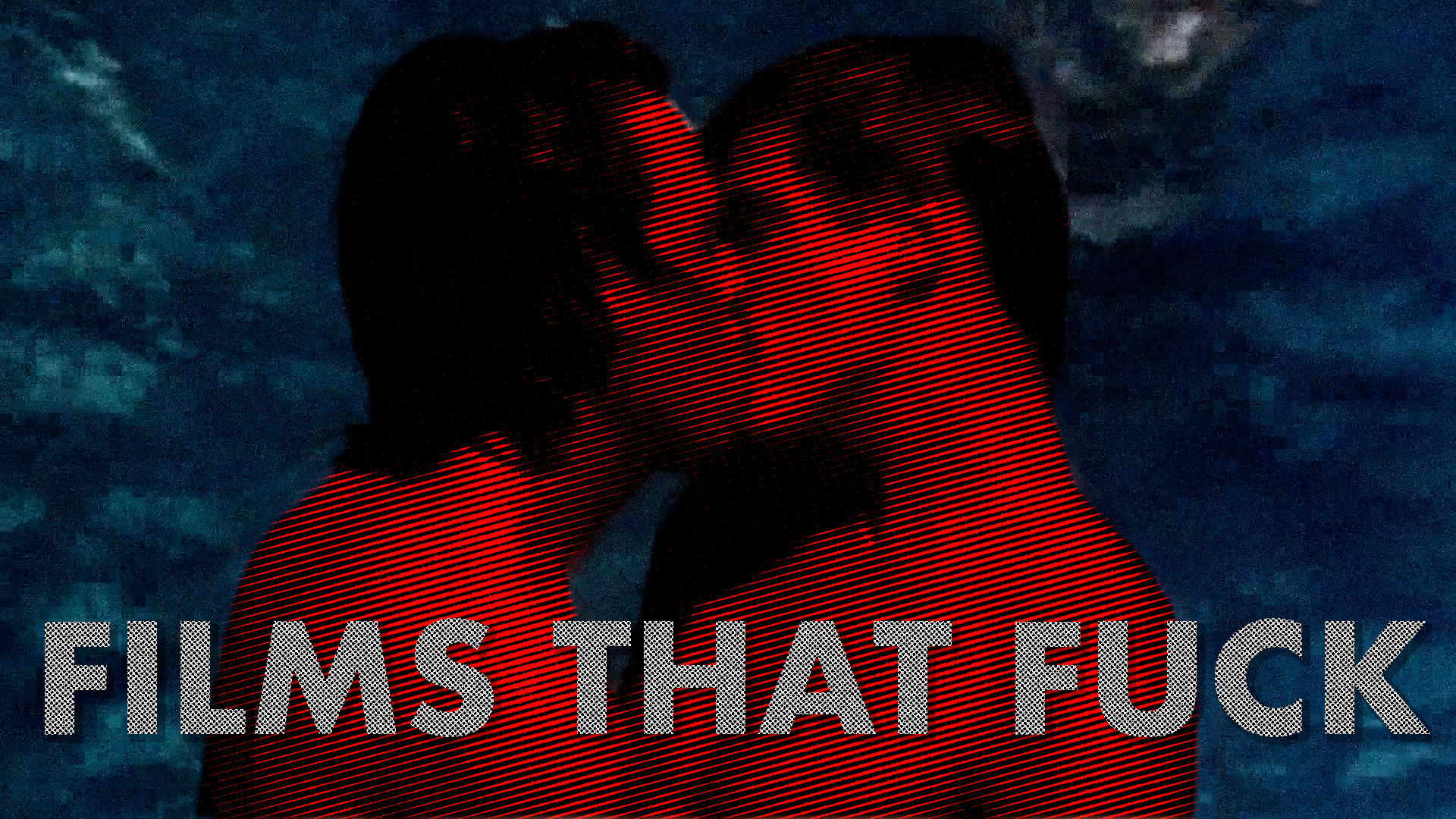

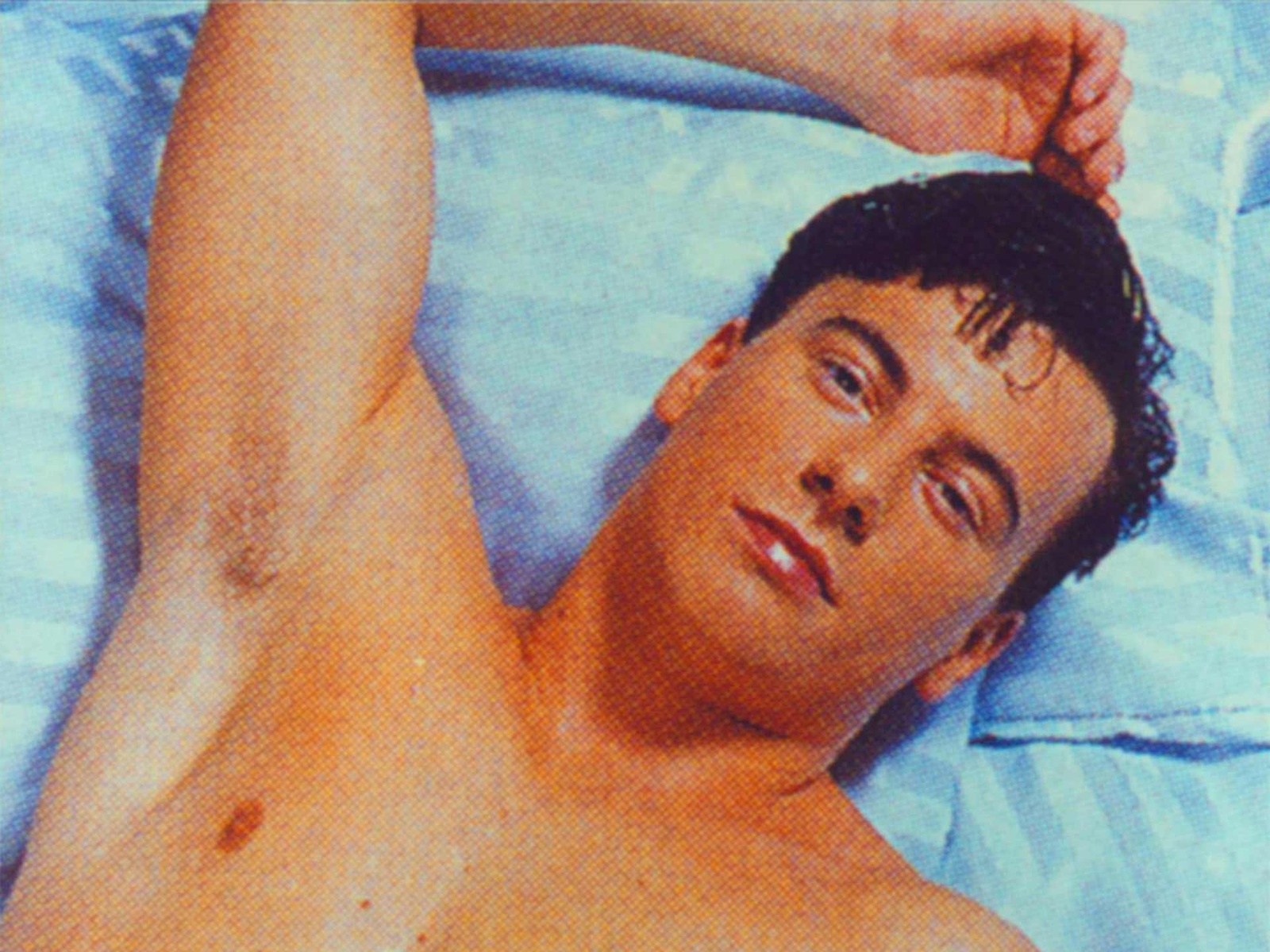
Films That Fuck: Re-uses of Pornography in Moving Image Practices During the HIV/AIDS Crisis and the Present
Open City Documentary Festival, London, 7 May 2025
During the initial years of the HIV/AIDS crisis, homophobia from outside the queer community and a fear of infection from within led to a growing erotophobia and stigma around queer sex or pleasure. In order to combat the existential threat posed both sociopolitically and medically, queer artists understood the inadequacies of existing media and developed new strategies for activist moving image. This programme highlights one such strategy, namely pornography, either manipulated or presented as found footage, which was used to celebrate queer sex as a source of pleasure rather than shame. The pornographic also served as a tool with which artists were able to foreground the embodied, their work communicating with a viewer’s body as much as their intellect. Doing so provided an opportunity to document the pain AIDS was inflicting on individual bodies (often those of the artists or those close to them) in opposition to a dominant media narrative which dehumanised the seropositive.
Whilst the works from the AIDS crisis in this programme predominantly focus on cis gay male experiences, their use of the pornographic as an embodied media has influenced contemporary practitioners exploring a wider breadth of queer identity. Also presented in this programme are artistic uses of new forms of pornography that have emerged in the internet age such as popperbate or masturbation instruction videos, which remain a technology through which artists can engage a viewer with corporeality through queer, trans and feminist perspectives.
More information can be found here.
Open City Documentary Festival, London, 7 May 2025
During the initial years of the HIV/AIDS crisis, homophobia from outside the queer community and a fear of infection from within led to a growing erotophobia and stigma around queer sex or pleasure. In order to combat the existential threat posed both sociopolitically and medically, queer artists understood the inadequacies of existing media and developed new strategies for activist moving image. This programme highlights one such strategy, namely pornography, either manipulated or presented as found footage, which was used to celebrate queer sex as a source of pleasure rather than shame. The pornographic also served as a tool with which artists were able to foreground the embodied, their work communicating with a viewer’s body as much as their intellect. Doing so provided an opportunity to document the pain AIDS was inflicting on individual bodies (often those of the artists or those close to them) in opposition to a dominant media narrative which dehumanised the seropositive.
Whilst the works from the AIDS crisis in this programme predominantly focus on cis gay male experiences, their use of the pornographic as an embodied media has influenced contemporary practitioners exploring a wider breadth of queer identity. Also presented in this programme are artistic uses of new forms of pornography that have emerged in the internet age such as popperbate or masturbation instruction videos, which remain a technology through which artists can engage a viewer with corporeality through queer, trans and feminist perspectives.
More information can be found here.
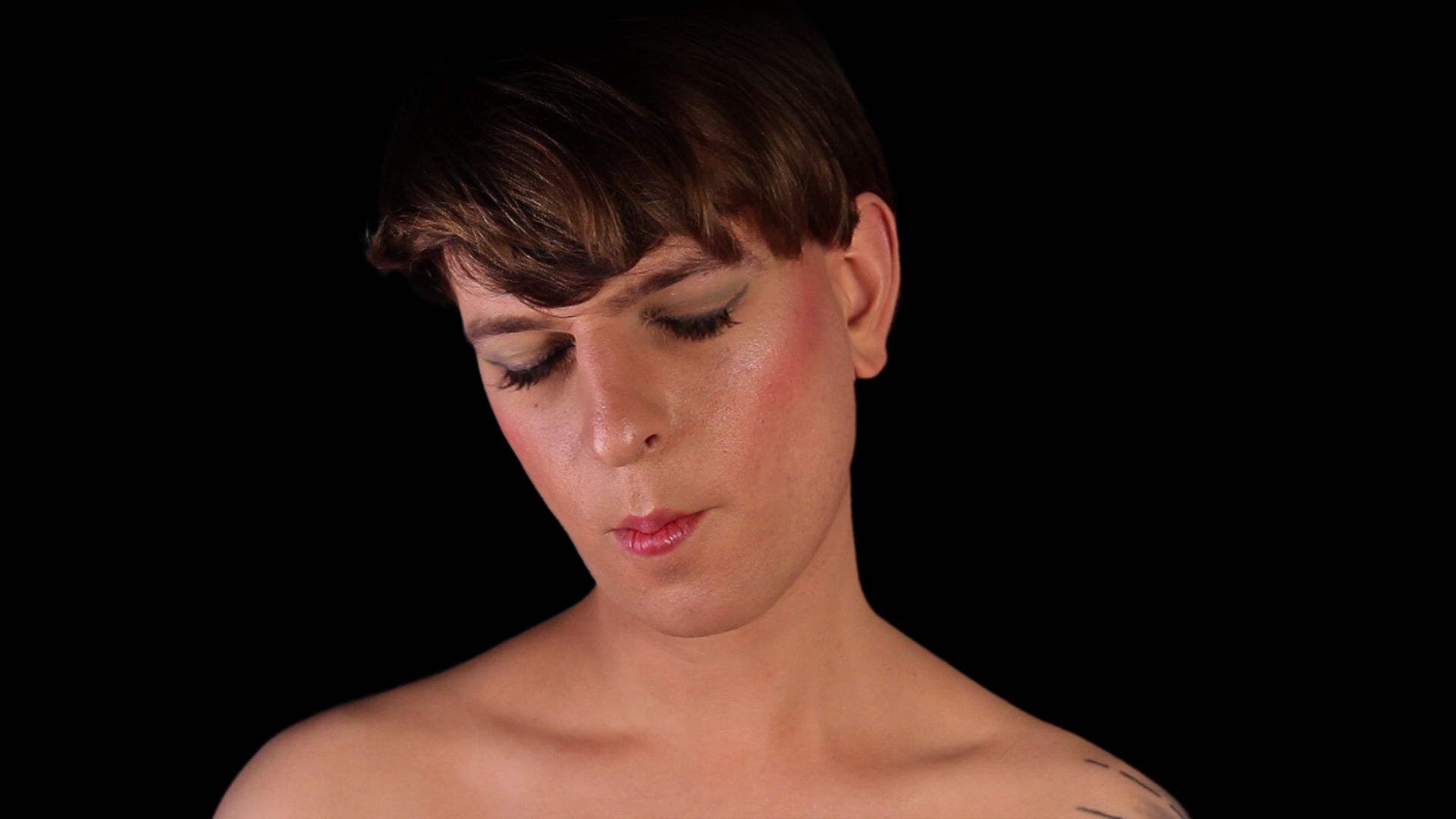

Open City Documentary Festival 2025: Expanded Realities
Open City Documentary Festival, London, 7-11 May 2025
The 2025 Expanded Realities programme at Open City showcased non-fiction moving image projects which moved outside of a single screen across an exhibition and series of events.
The exhibition featured Borderline Visible, an audio and publication project by Ant Hampton (pub. Time Based Projects) and Gala Hernández López’s installation film for here am i sitting in a tin can...
Additional immersive performances by Sister Sylvester (Drinking Brecht) and Jessica Sarah Rinland (Eyes that Shine) were presented as part of the festival’s events programme.
More information can be found here.
Open City Documentary Festival, London, 7-11 May 2025
The 2025 Expanded Realities programme at Open City showcased non-fiction moving image projects which moved outside of a single screen across an exhibition and series of events.
The exhibition featured Borderline Visible, an audio and publication project by Ant Hampton (pub. Time Based Projects) and Gala Hernández López’s installation film for here am i sitting in a tin can...
Additional immersive performances by Sister Sylvester (Drinking Brecht) and Jessica Sarah Rinland (Eyes that Shine) were presented as part of the festival’s events programme.
More information can be found here.
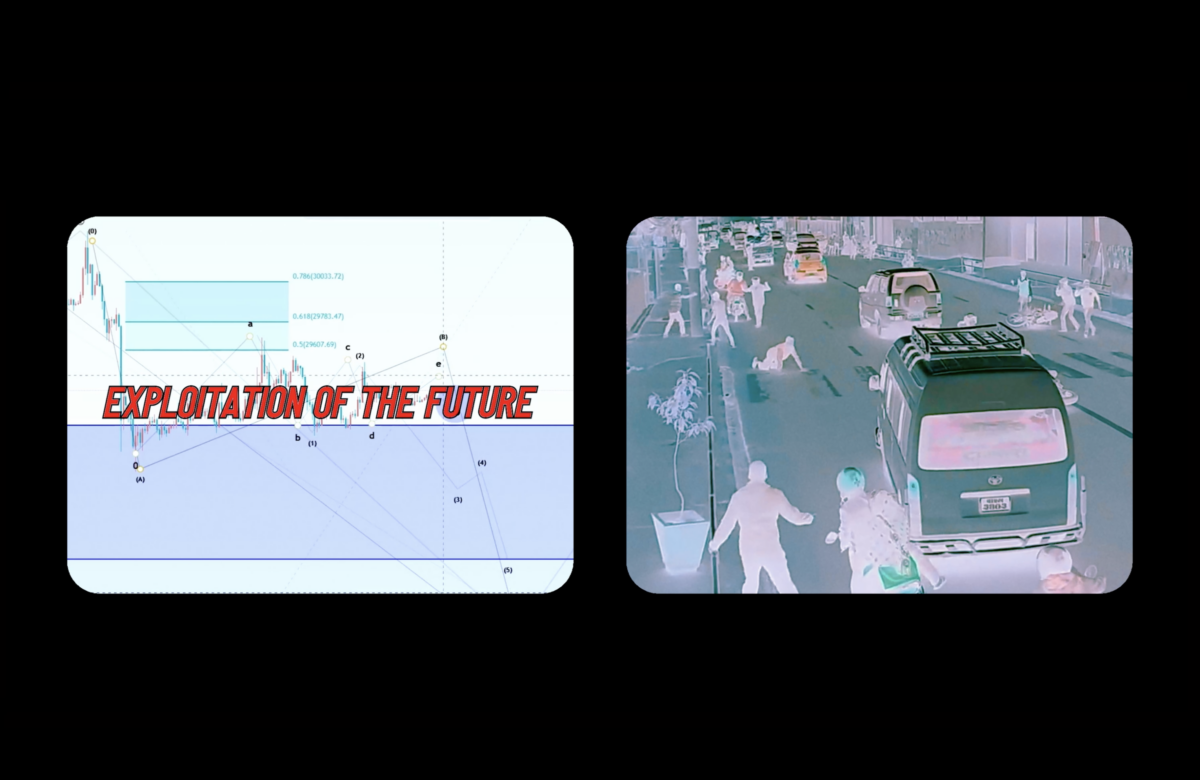
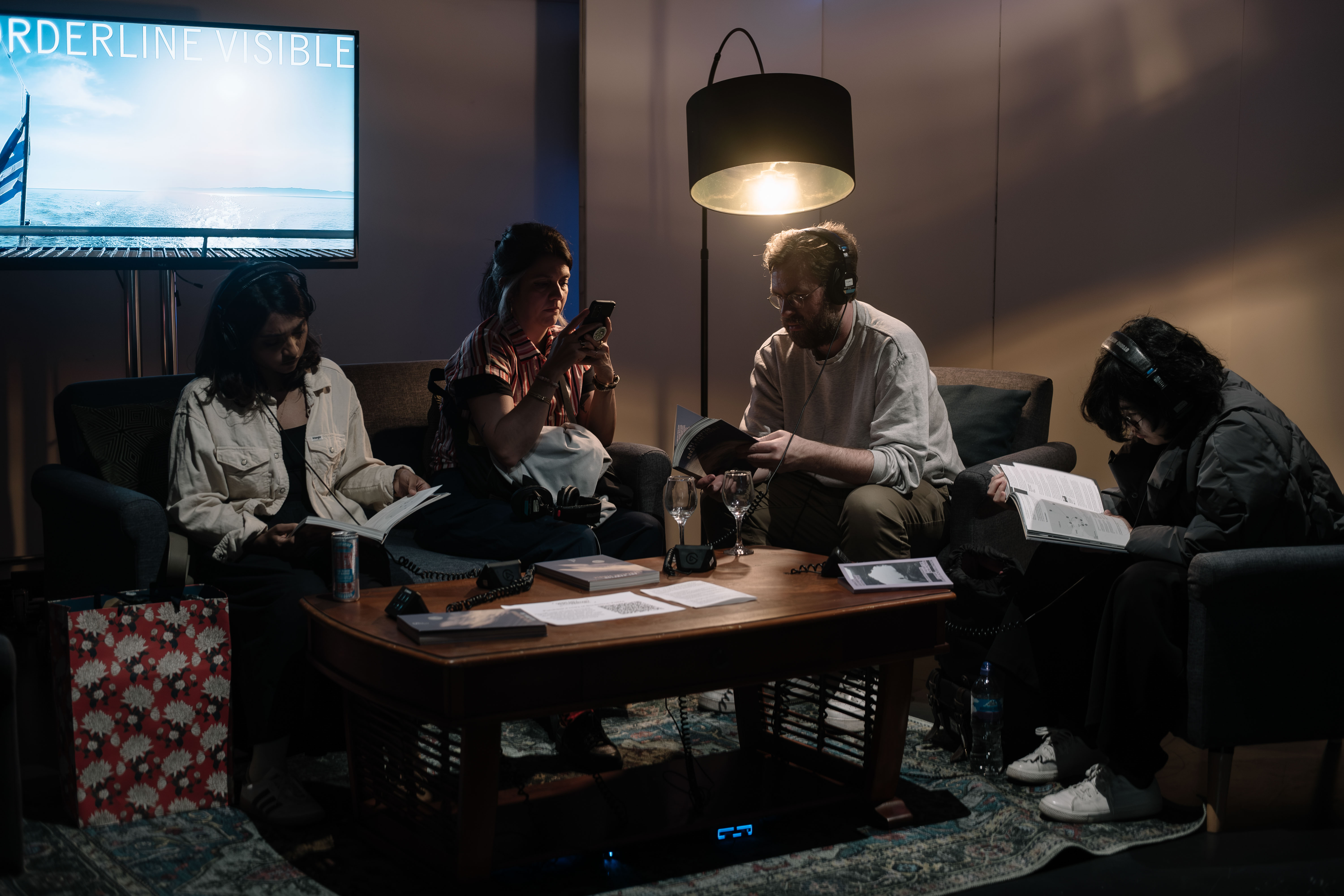
Queer Cinema from the Eastern Bloc
Cinema Rediscovered, Bristol, 24-28 July 2024
Co-curated with Fedor Tot, this strand featured four films from East Germany, Hungary, Yugoslavia and the Soviet Union marking the first retrospective of cinema from this region to focus on queer perspectives. In doing so, it revealed undertold queer histories from this historical moment and brought works which navigate the relationship between the state, collective and individual identity differently.
Many of these films had not been screened since their initial release and have not been restored or recently digitised, providing a rare opportunity to see the persepectives of voices who have been doubly marginalised, as a result of their geography and their identity.
The programme also toured to venues across the UK including the ICA, London; Midlands Arts Centre, Birmingham; Glasgow Film Theatre, Glasgow; Warwick Arts Centre, Warwick.
More information can be found here.
Cinema Rediscovered, Bristol, 24-28 July 2024
Co-curated with Fedor Tot, this strand featured four films from East Germany, Hungary, Yugoslavia and the Soviet Union marking the first retrospective of cinema from this region to focus on queer perspectives. In doing so, it revealed undertold queer histories from this historical moment and brought works which navigate the relationship between the state, collective and individual identity differently.
Many of these films had not been screened since their initial release and have not been restored or recently digitised, providing a rare opportunity to see the persepectives of voices who have been doubly marginalised, as a result of their geography and their identity.
The programme also toured to venues across the UK including the ICA, London; Midlands Arts Centre, Birmingham; Glasgow Film Theatre, Glasgow; Warwick Arts Centre, Warwick.
More information can be found here.
